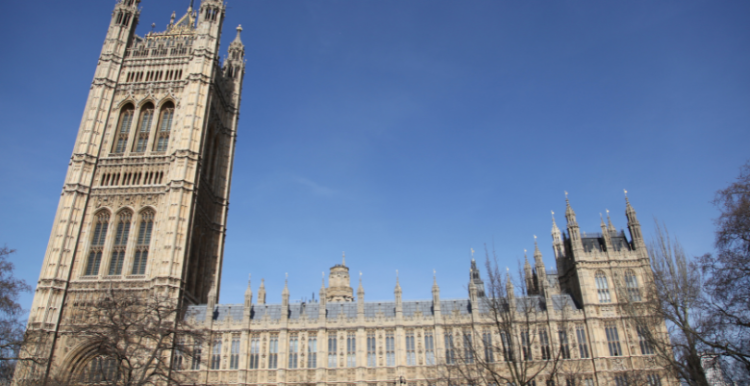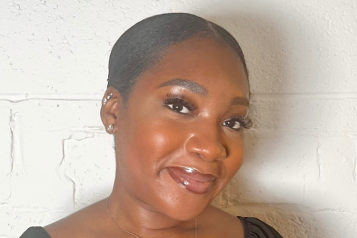Healthwatch England Contributes Evidence to House of Lords report on Emergency Services

Healthwatch England evidence has been used in the latest report from the House of Lords, which highlights the crisis in emergency care.
The report recommends that the government declares a national emergency and refers the NHS crisis to its COBRA committee – which has previously dealt with exceptional risks to the UK such as the pandemic or terrorist attacks.
Healthwatch evidence quoted in the report includes:
-
Healthwatch England (HWE) poll findings about a decline in public confidence in ambulance response and A&E waiting times (paragraph 10, pg. 8).
-
A case study (previously shared by Healthwatch Shropshire with HWE) about a woman with osteoporosis who was left on a kitchen floor for 21 hours after her daughter called for an ambulance (paragraph 12, pg. 11)
-
An example of a person who waited more than 24 hours in A&E waiting to be admitted because no beds were available (paragraph 34, pg. 20)
-
The need for clarity on the outcome of a review of A&E targets (paragraph 64, pg. 28).
The Lords’ report, published on 19 January, also calls for the NHS to report monthly on the number of patients waiting more than 12 hours from arrival at A&E, to give a more accurate picture of experience. More clinical staff should be deployed in 111 call centres, it adds, and action was needed on the “broken model for primary and community care” that drives patients to seek help from hospitals and “inadequate social care” that was preventing timely hospital discharge.
Committee chair, Baroness Armstrong of Hill Top, said: “People should be able to obtain reliable care at the right place, right time, and access care in the community through a GP, a health visitor, or a pharmacist whenever it is required including in the evenings and at weekends. Patients should be able to call a non-emergency service staffed by clinicians who are able to make a balanced judgement on what care is needed and avoid sending people to A&E or sending ambulances unnecessarily. Those who do need to access ambulances, or to visit A&E should be able to do so in a reasonable timeframe and be assured of safe treatment and swift admission into hospital if required. At the moment, the health service is delivering the very opposite of this model.”
You can read the report in full here.

